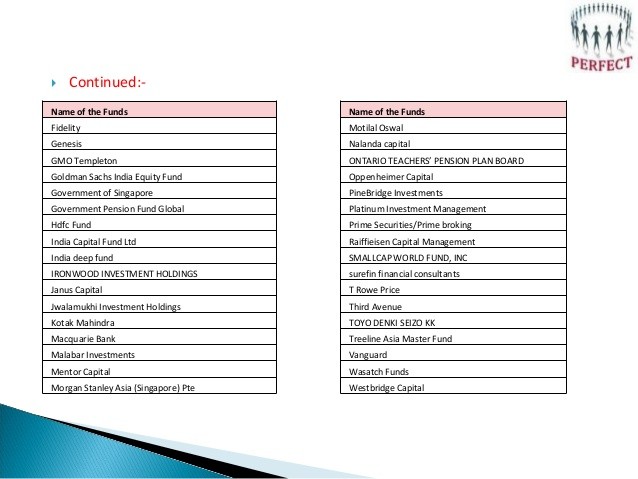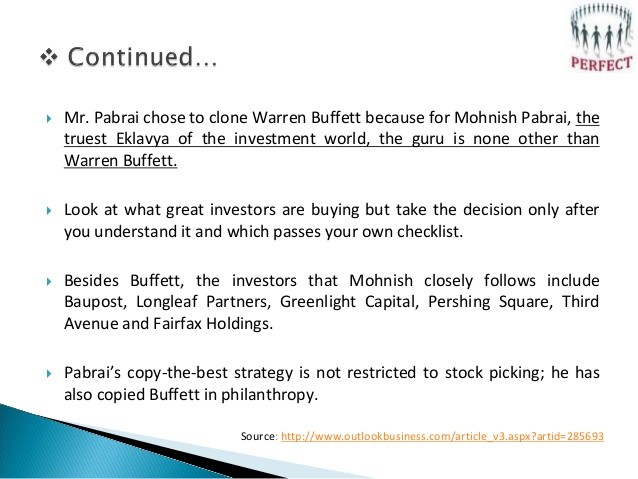Capital Allocation A Global View
Post on: 25 Июнь, 2015 No Comment

Capital Allocation: A Global View
By: Jens Erik Gould
Published: January 30, 2015
For investors seeking to understand a company’s value, earnings are the most popular focus of attention. But current earnings don’t paint the whole picture. The future matters, too, and investors should also look at what executives choose to do with the cash at the disposal of their companies. In other words, how they allocate the company’s capital. Last year, Michael Mauboussin, Credit Suisse’s Head of Global Financial Strategies, examined allocation among U.S. companies. In a January report, Mauboussin expanded his analysis to include other areas of the world.
The research provides valuable insight into the nuances of allocation patterns characteristic of each region. For example, spending among European companies is more similar to that of U.S. corporations, with mergers and acquisitions the most popular destination for capital and capital expenditures coming in second. (Emerging markets executives have also shown a proclivity toward heavy spending on M&A.) In Japan and non-Japan Asia, on the other hand, capex remains the largest use of capital.
Europe hasn’t always been big on mergers. But an increase in cross-border deals since the creation of the euro has boosted the volume of such activity. Spending on M&A as a percentage of sales rose from 2 percent in 1985 to 5.2 percent in 2013, for a total of $531 billion. In the U.S. by comparison, companies spent $950 billion, or 8.6 percent of sales, on M&A in 2013. Capital expenditures have remained in a range of 6 to 9 percent of sales in Europe, equaling $635 billion in 2013. In the U.S. that figure came in at $707 billion, or 6.4% of sales.
Europe remains a barren ground for research and development. The relatively small size of Europe’s information technology sector—which has averaged only 3 percent of total market capitalization compared with 14 percent in the U.S. and 13 percent in Japan—has kept R&D between 1.6 and 2.4 percent of total sales. Companies in Europe also prefer dividends to share buybacks, as there are still some legal restrictions left over from when buybacks were prohibited; most bans were lifted by the late 1990s.

Japanese companies allocate far more to capex than the alternatives. Capex has hovered around 4.6 percent of sales over the long term, more than double the historical level of R&D spending and nearly four times spending on M&A. Still, capex has been gradually diminishing as capital-intensive sectors such as energy, materials and industrials have become a smaller part of the Japanese economy—in 2013, they represented only 27 percent of overall market capitalization, compared with 43 percent in 1985. The role of M&A in Japan is notably insignificant: only 1.3 percent of total sales went to mergers in 2013, compared with a historical average of 10 percent in neighboring countries in non-Japan Asia.
Emerging markets companies’ spending on M&A has averaged 16 percent of sales. That’s largely the result of strong economic growth and business reforms in the BRIC countries; in fact, companies in Brazil, Russia, India and China accounted for 70 percent of emerging market M&A spending in 2013. And capital expenditures have averaged 12 percent of spending, largely because energy, materials and industrials make up a greater portion of emerging market economies than in any other region. Finally, R&D spending is miniscule, stuck in the range of 0.3 to 0.4 percent of sales, in large part due to their low level of participation in research-heavy industries.
What can investors do with this information? They can start by realizing that different regions have different capital allocation priorities. But once those are taken into account, it’s just as important to see how companies perform vis-à-vis their stated plans for capital allocation as well as their return on invested capital. “Past spending patterns are often a good starting point for assessing future spending plans,” Mauboussin says. “Once you know how a company spends money, you can dig deeper into management’s decision-making process.”














